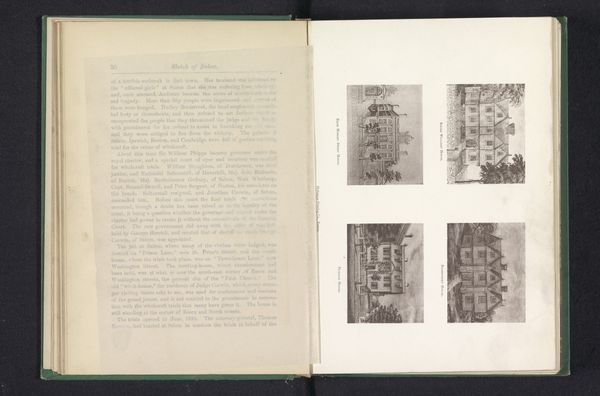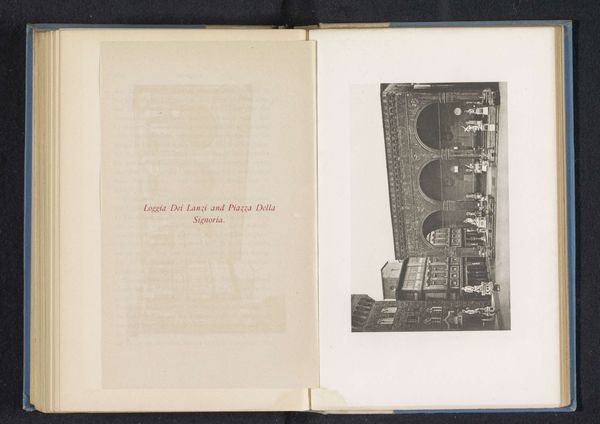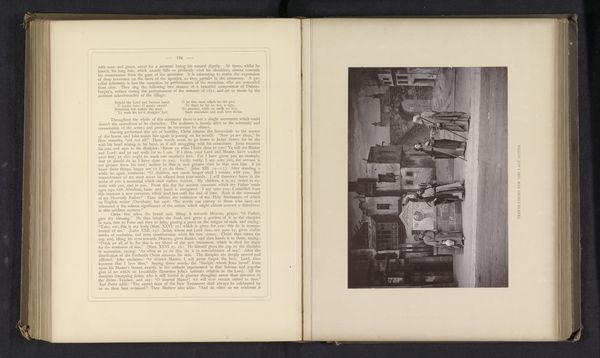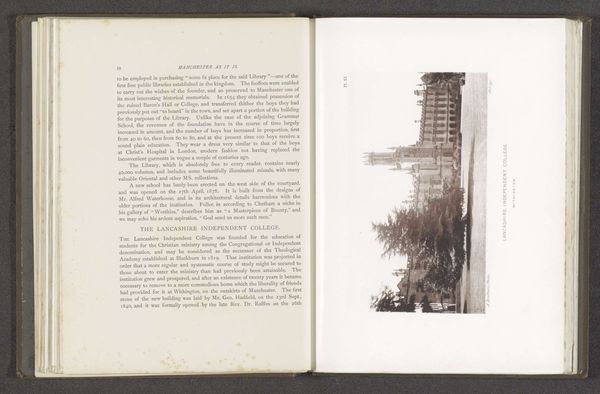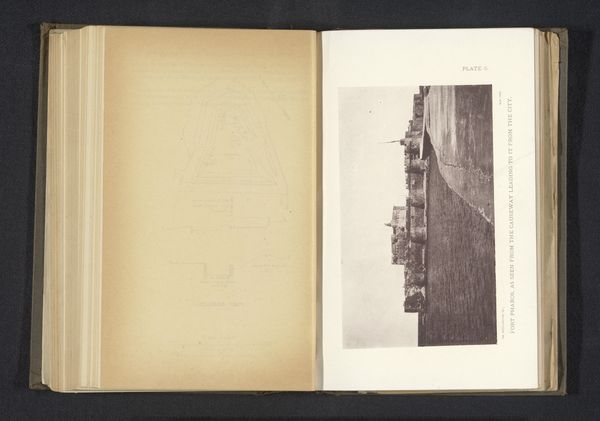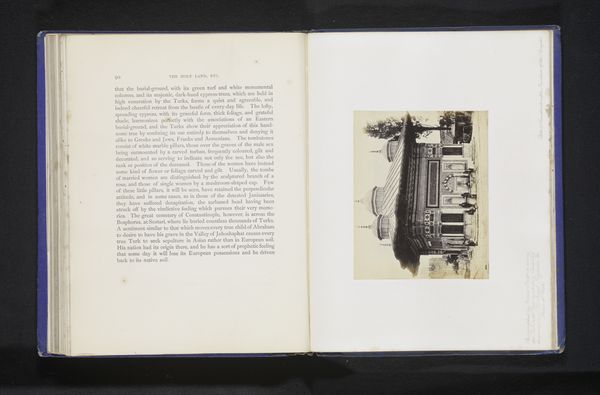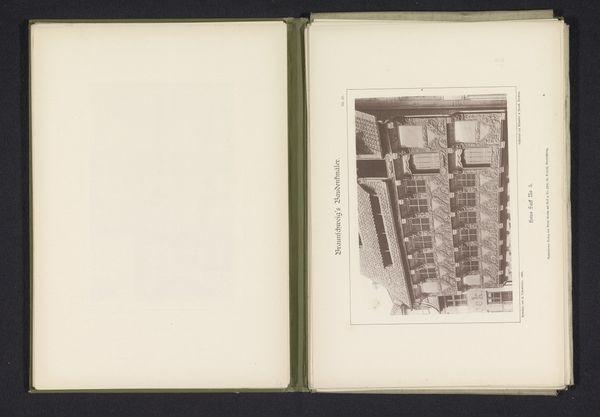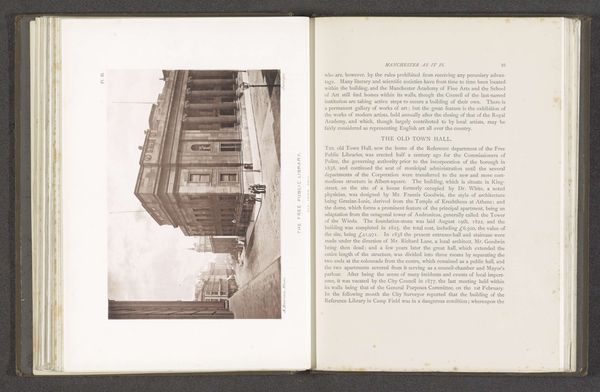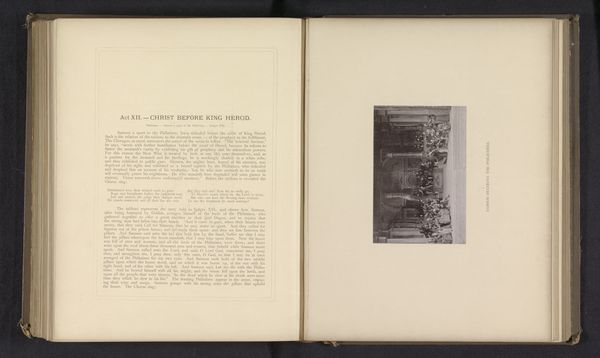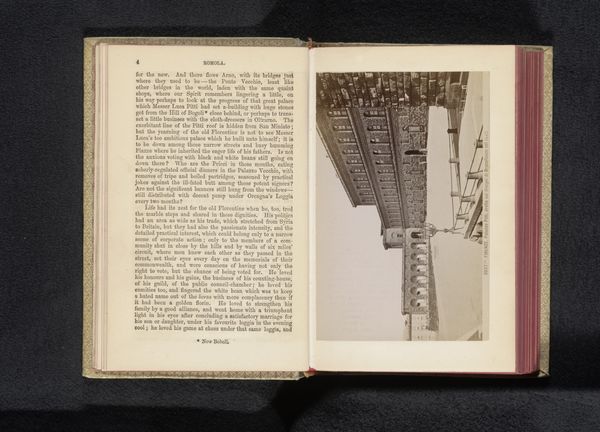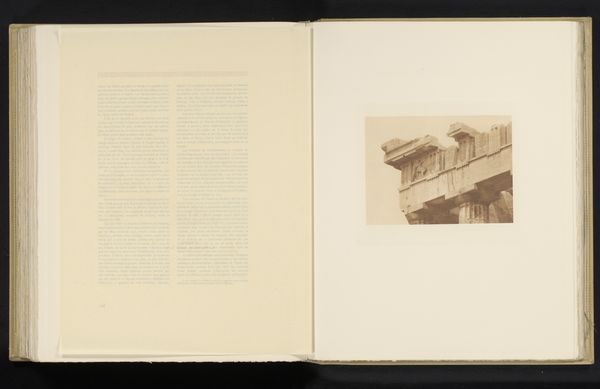
print, photography, sculpture, albumen-print, architecture
# print
#
photography
#
sculpture
#
cityscape
#
italian-renaissance
#
albumen-print
#
architecture
Dimensions: height 146 mm, width 104 mm
Copyright: Rijks Museum: Open Domain
Editor: Here we have Giacomo Brogi’s "Gezicht op de Loggia dei Lanzi in Florence," made before 1871. It looks like an albumen print. The strong architectural lines against what seems to be a bleached sky create such a dramatic effect. What strikes you most about this photograph? Curator: What's interesting here is to consider Brogi's role as a photographer operating in Florence at a time of significant transformation. The Loggia dei Lanzi was, and still is, a powerful symbol of Florentine civic pride and history, displaying important sculptures for public view. Consider how photography like this helps disseminate cultural heritage. Do you think this image simply documents the Loggia, or does it serve a broader purpose? Editor: That’s a good question. It feels almost propagandistic, showcasing Florence's artistic treasures to… whom, exactly? Curator: Precisely. Who was the intended audience? The rise of tourism in the 19th century created a market for these images. Photography democratized access, in a way, allowing people who couldn't travel to experience these sites virtually. Yet, it also reflects the power dynamics of the time, framing culture for consumption. Editor: So, this image is not just about the Loggia itself but about Florence marketing itself to the world? I hadn’t thought of it that way. Curator: Exactly. The angle, the lighting... these choices tell a story about Florence wanting to present a specific version of itself. And it makes you think about what that version excludes, right? The poorer districts, social tensions... those are invisible here. Editor: That's fascinating. I see the photo in a completely new light now. Thanks! Curator: It's a good reminder that images always operate within specific social and political contexts, consciously or not.
Comments
No comments
Be the first to comment and join the conversation on the ultimate creative platform.


